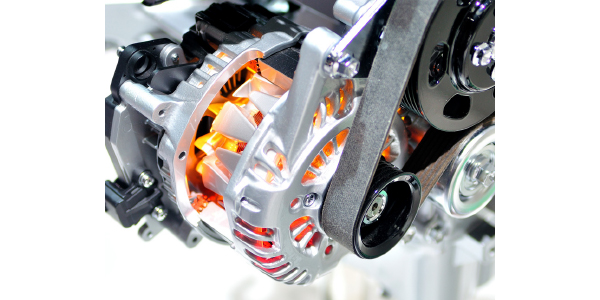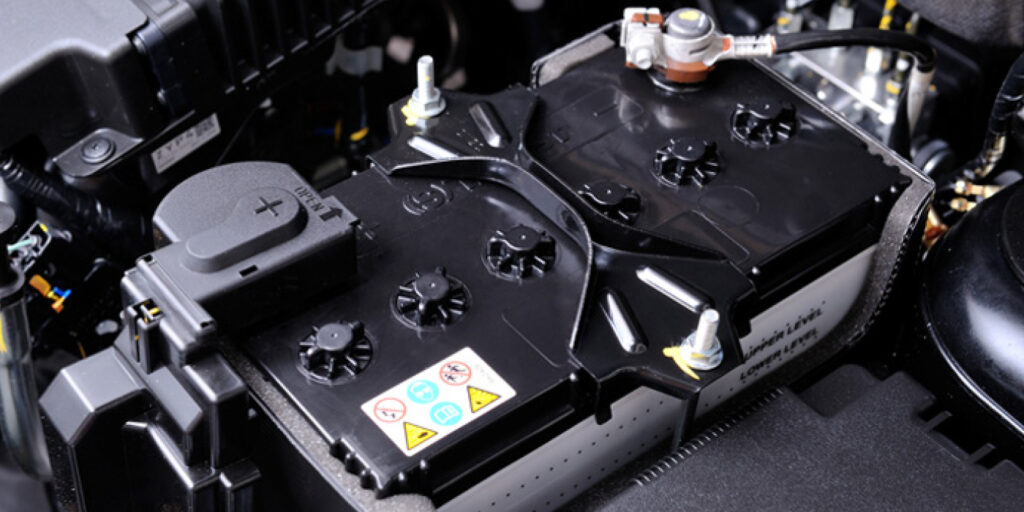One Test Is Not Enough
If only battery voltage is present at the battery on a running engine, does this mean the alternator is “bad?” No, it does not. That only means that the alternator is not charging, but does not reveal why.
Look It Up
For some vehicles, it’s normal to see as high as 16 volts for long periods at a time. For others, it’s normal to see as low as 13 volts. For some, a constant 13.6 volts is an indication of a problem. Then again, it can be perfectly normal for others to see the alternator not charge at all intermittently. Some alternators are controlled only with an internal or external regulator. Some are controlled only by the PCM. Still others are controlled by a voltage regulator and the PCM. Not knowing what controls what, and how it is supposed to function can lead to a misdiagnosis.

Load Testing + Low Speeds = Toasty Alternator
Although load-testing an alternator provides a quick way to test for drive belt slippage, keep in mind that an alternator can easily be overheated when testing for maximum output during low-speed operation for an extended period of time. Most alternators will not be able to keep up with the load when idling and the lack of cooling compounds the problem even further.
Bad Cells Lower Charging Voltage
Because normal charging voltage can’t be achieved on a battery with a bad cell, the alternator will overcharge the remaining cells and boil the electrolyte. At the other extreme, a battery that is sulfated due to being undercharged or not seeing constant use will maintain normal charging voltages. The symptoms of a sulfated battery are that it charges very quickly and produces a very low amperage discharge rate.
Put The Car To Bed Before Testing For Parasitic Draw
As a rule, the key-off current drain on most late-model vehicles should be less than 50 milliamps (mA). But on some vehicles it may be normal to have even greater draws for up to 10 minutes after the key hasbeen removed from the ignition. During this period, the serial data buses could be communicating and performing some digital housekeeping. Also, systems like air ride, the evaporative emissions system and auxiliary water pumps could still be active long after the vehicle has been parked. This is why on some modern vehicles service information, an OBDII breakout box and a scan tool are necessary to solve some intermittent parasitic power drains.
Low-RPM Alternators And Transmissions
Automatic transmissions with five or six speeds can drastically reduce engine speed when cruising. Many modern engines operate well under 2,000 rpm until they reach highway speeds of about 60 to 70 mph. Consequently, if the alternator doesn’t maintain rated charging voltage at lower engine speeds, the battery will discharge under heavy accessory loads.
Temperature Sensing Alternators And Batteries
Depending upon ambient temperature, charging voltage generally varies between 14.8 and 13.5 volts. The actual charging voltage designed into a voltage regulator is dependent upon factors such as how far the alternator is located from the battery and the ambient air temperature surrounding the battery as calculated by the PCM. Under normal operating conditions, an alternator should maintain about 14.2 volts at 70° F ambient air temperature.
Source: Underhood Service Magazine













